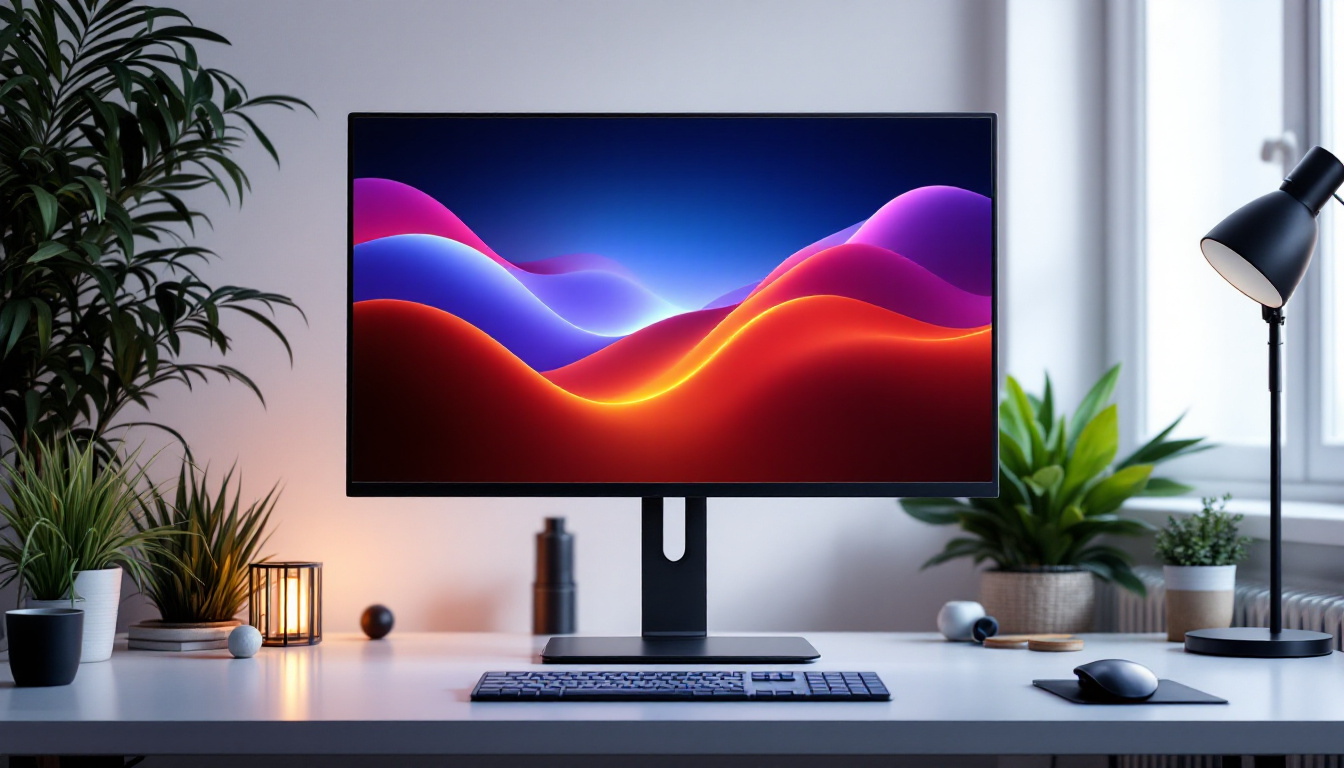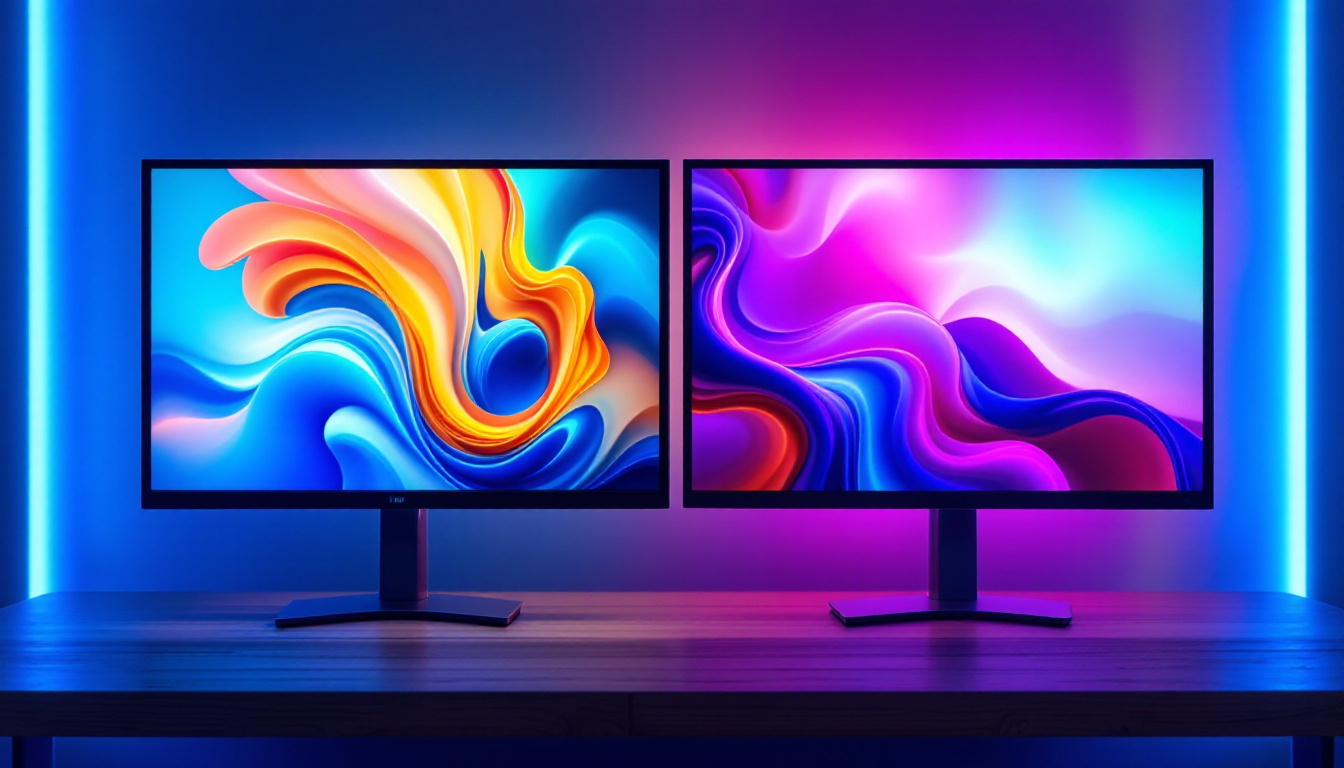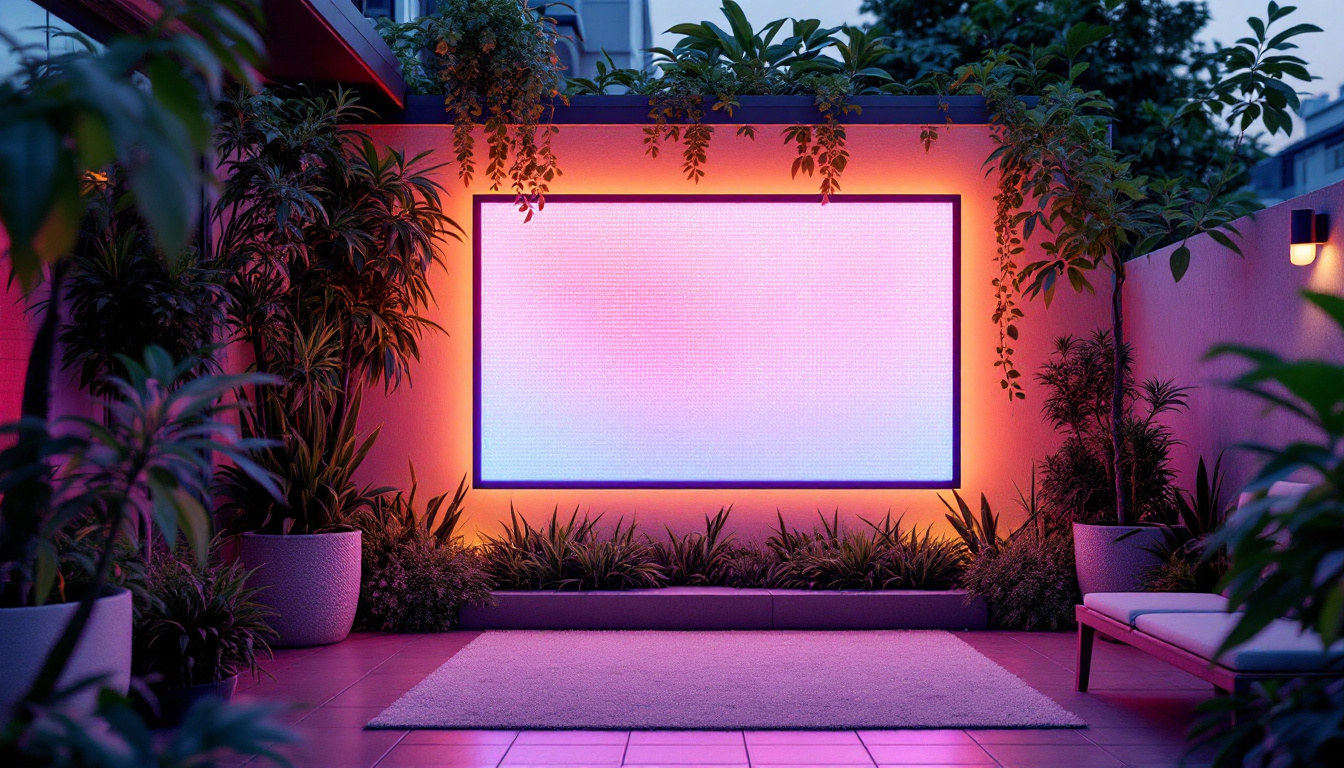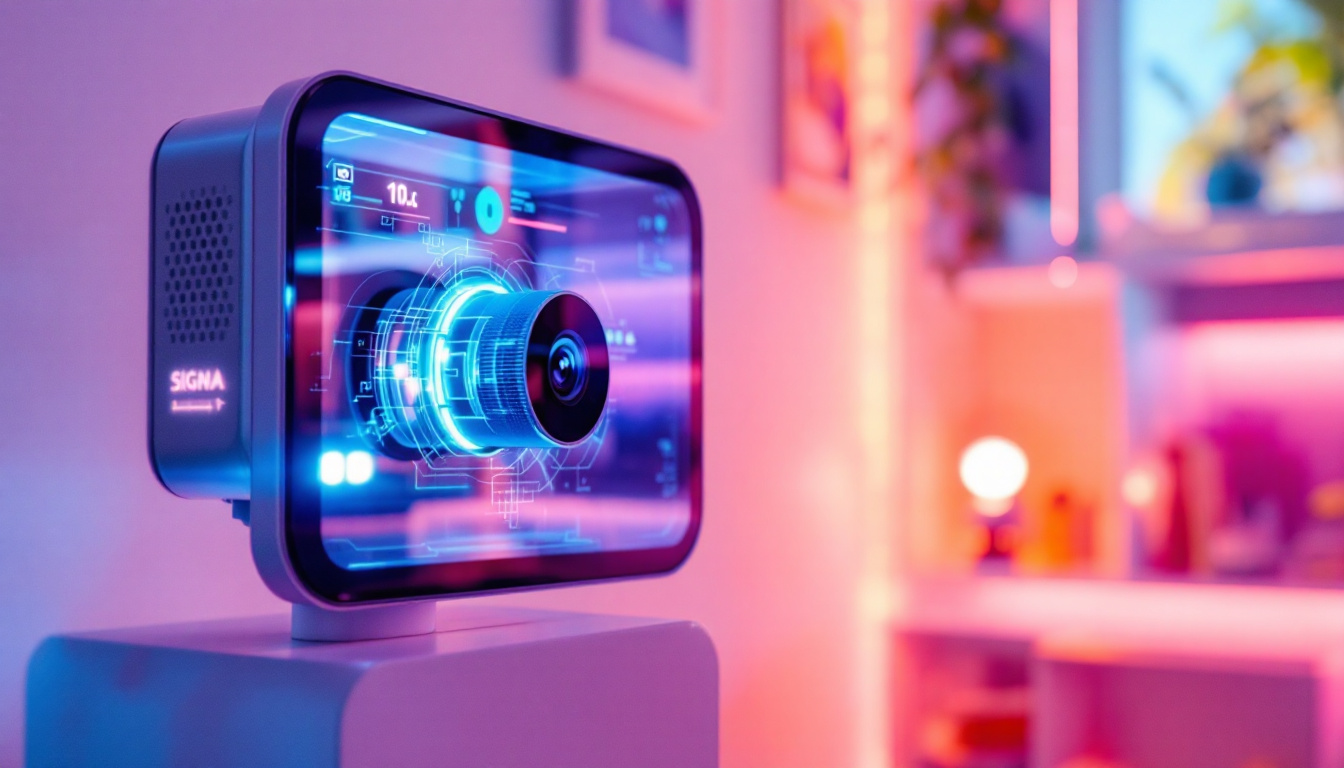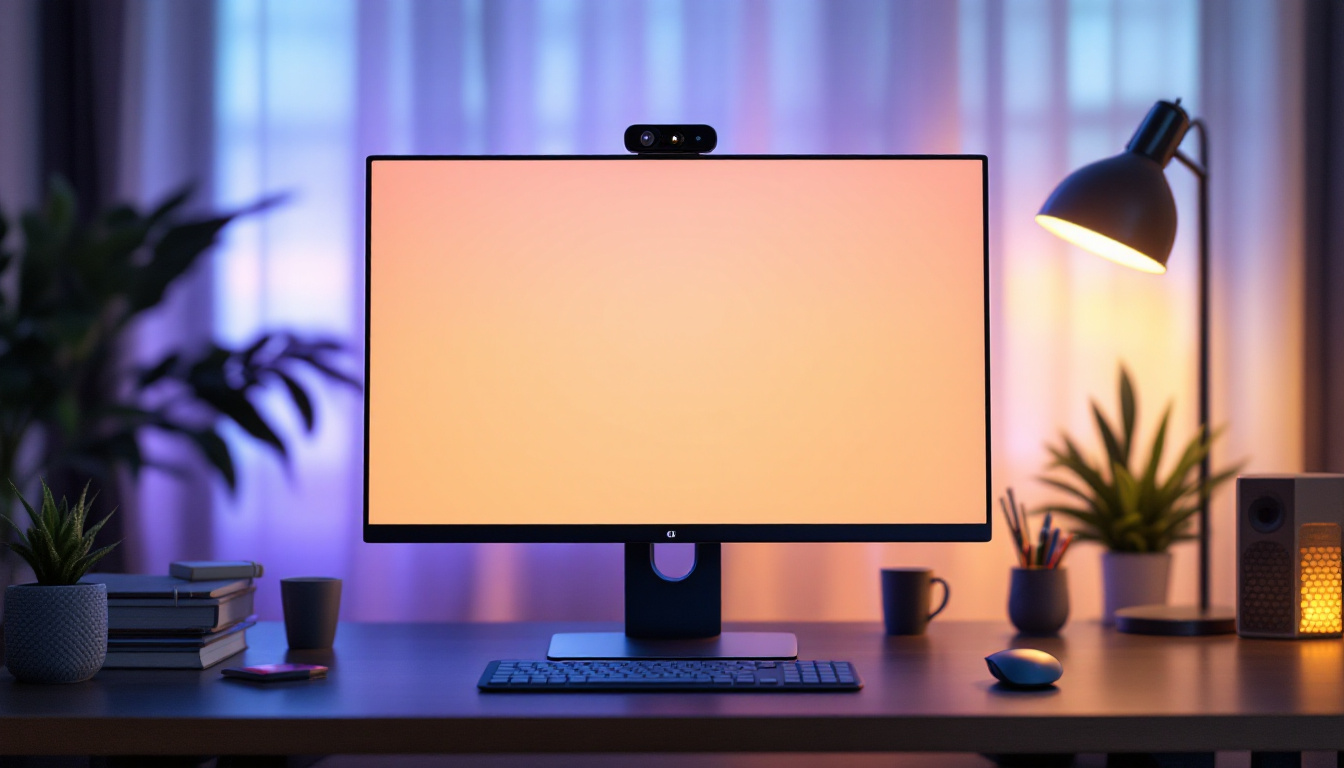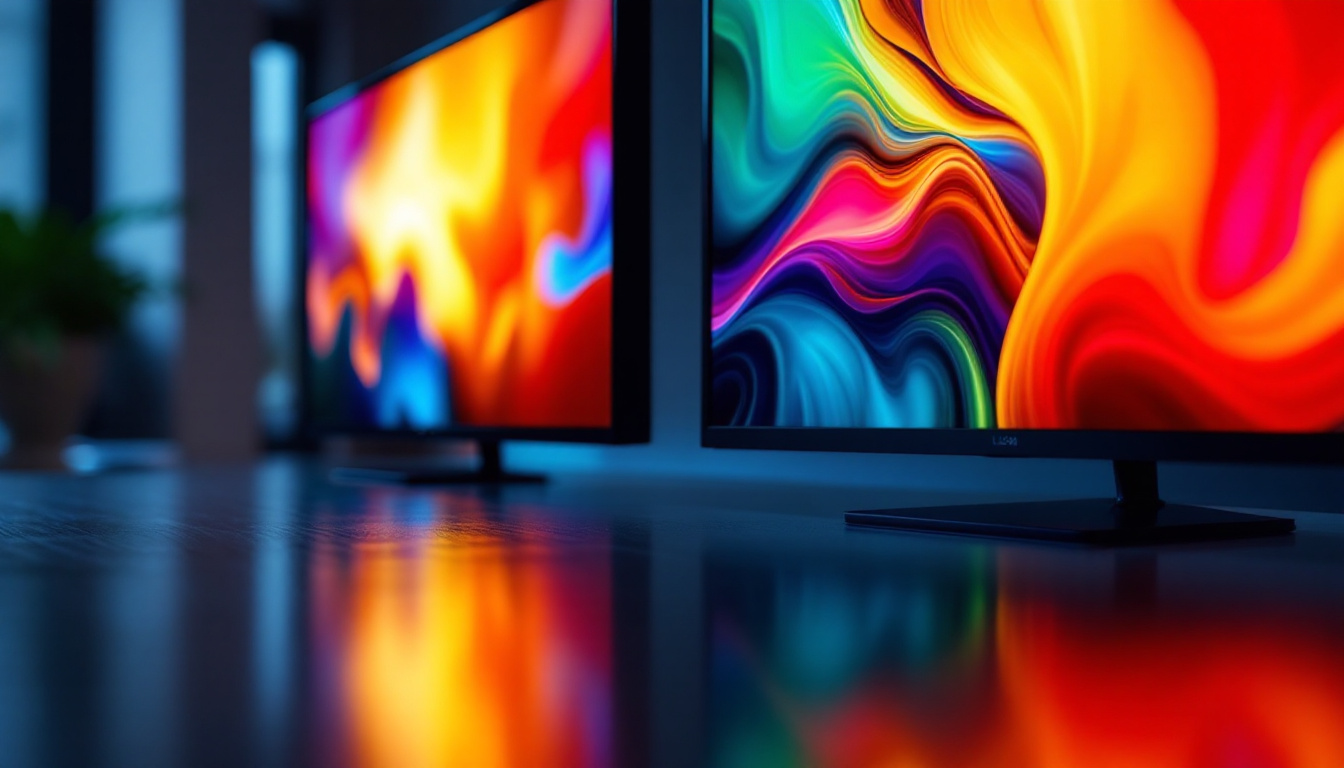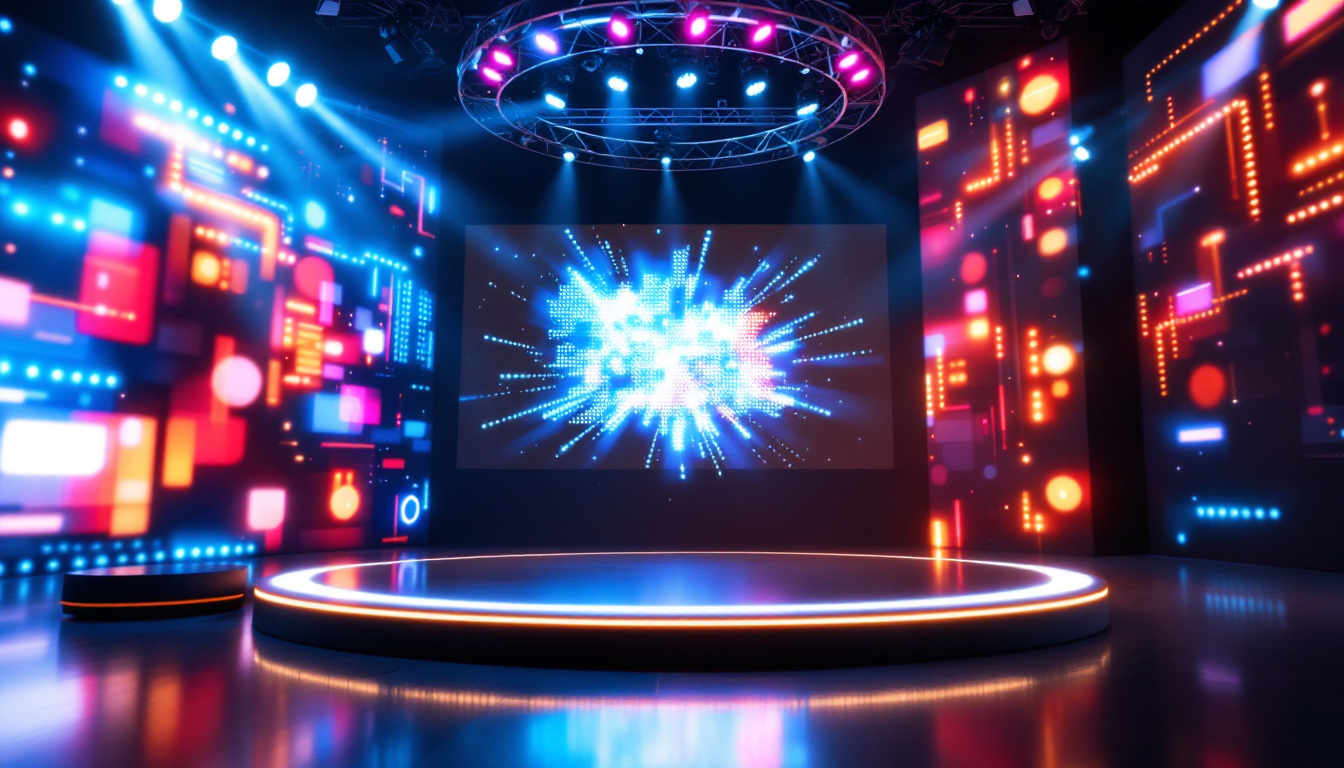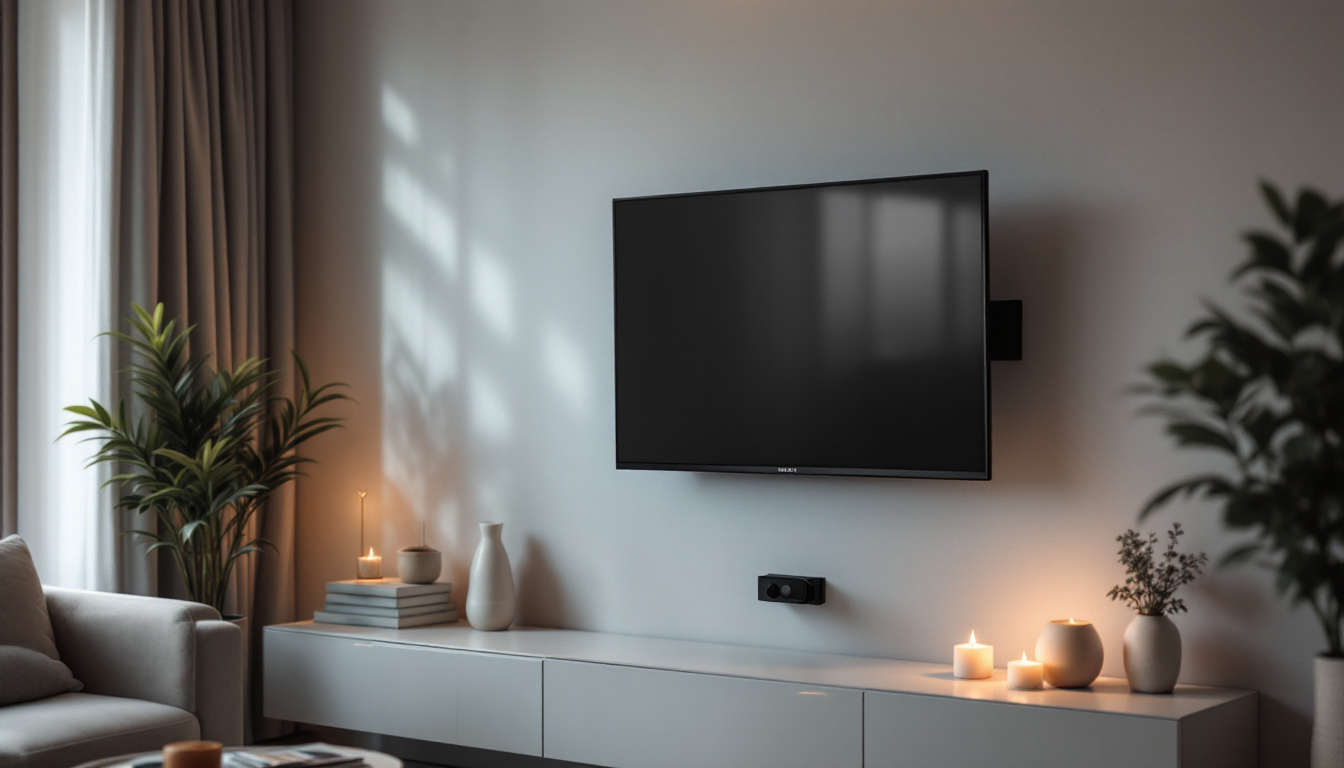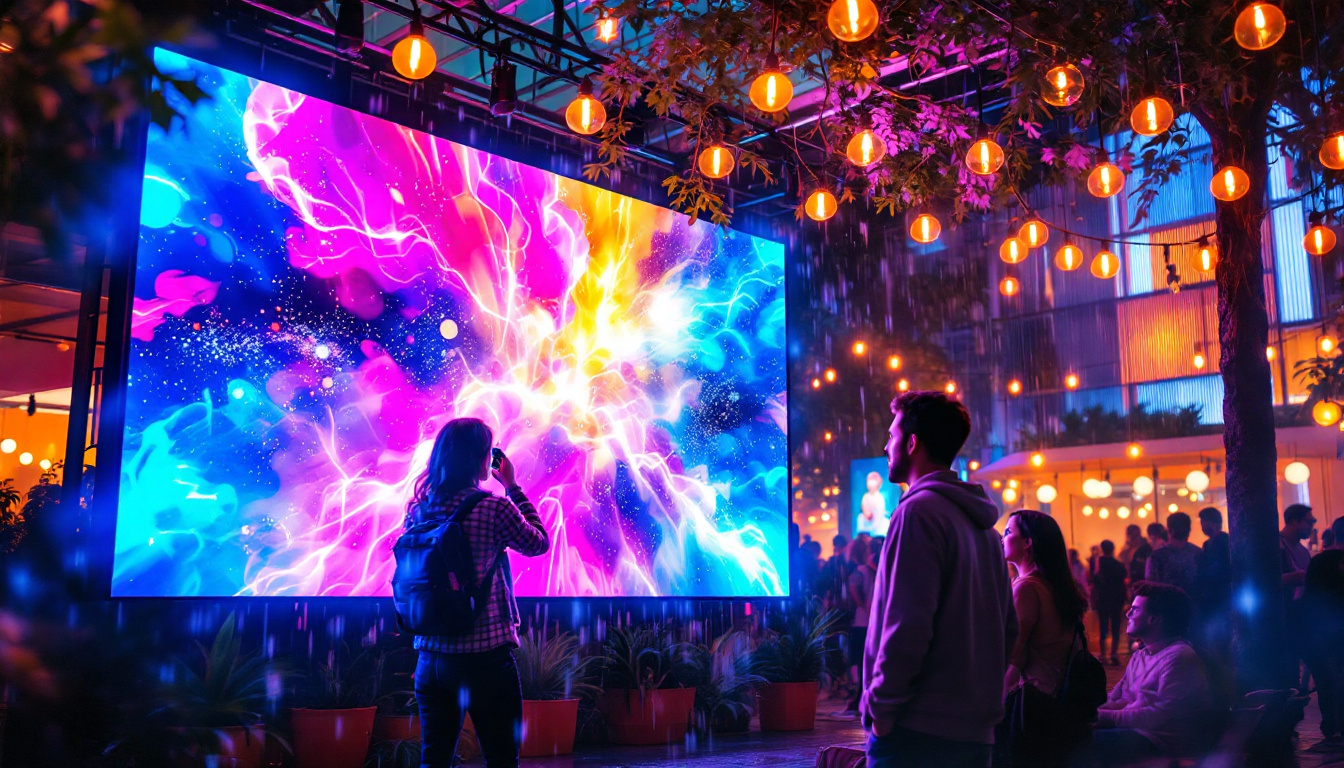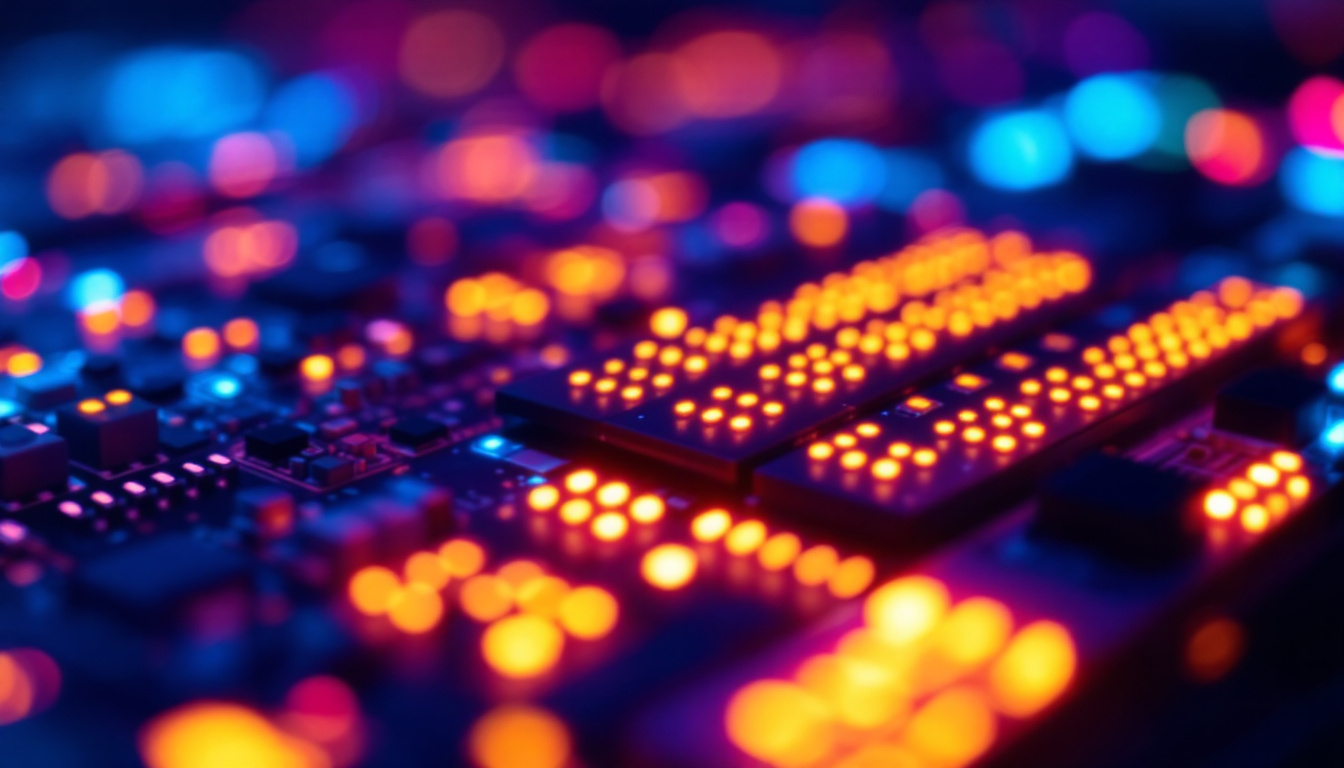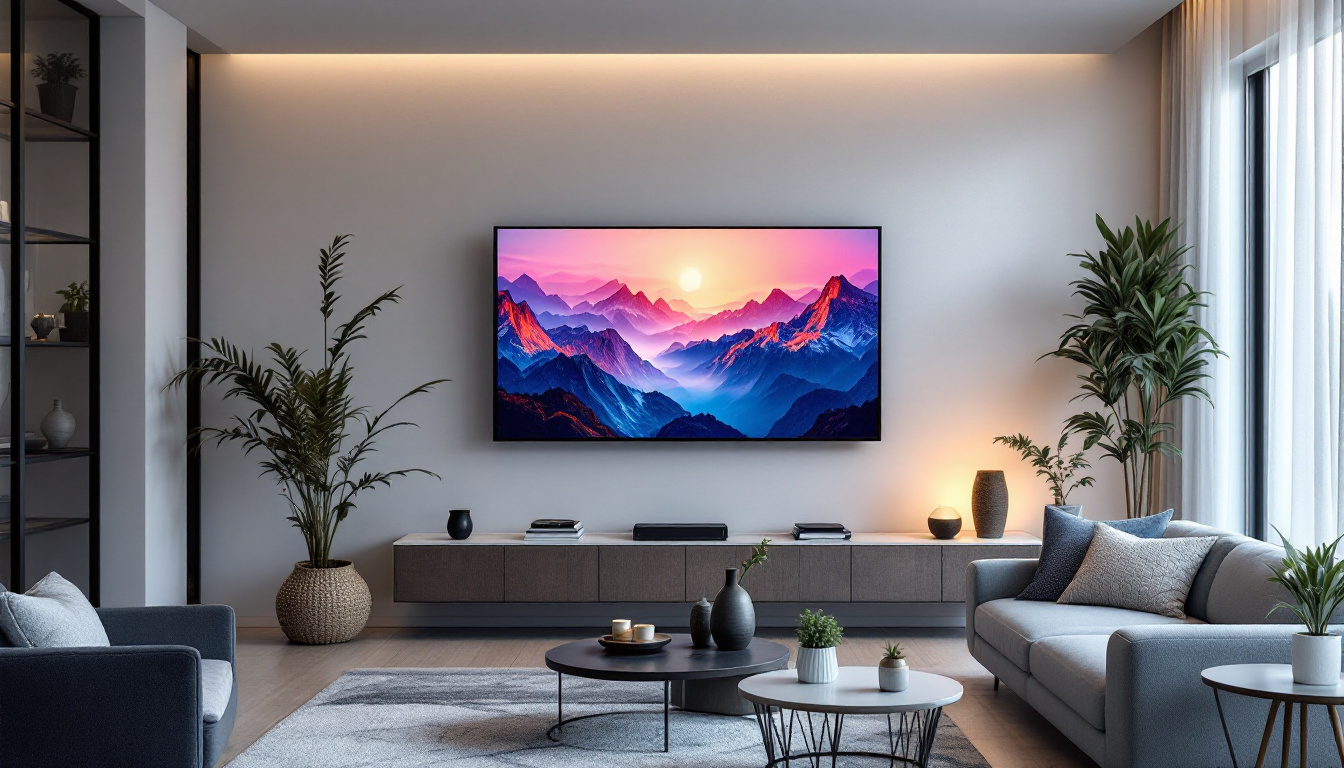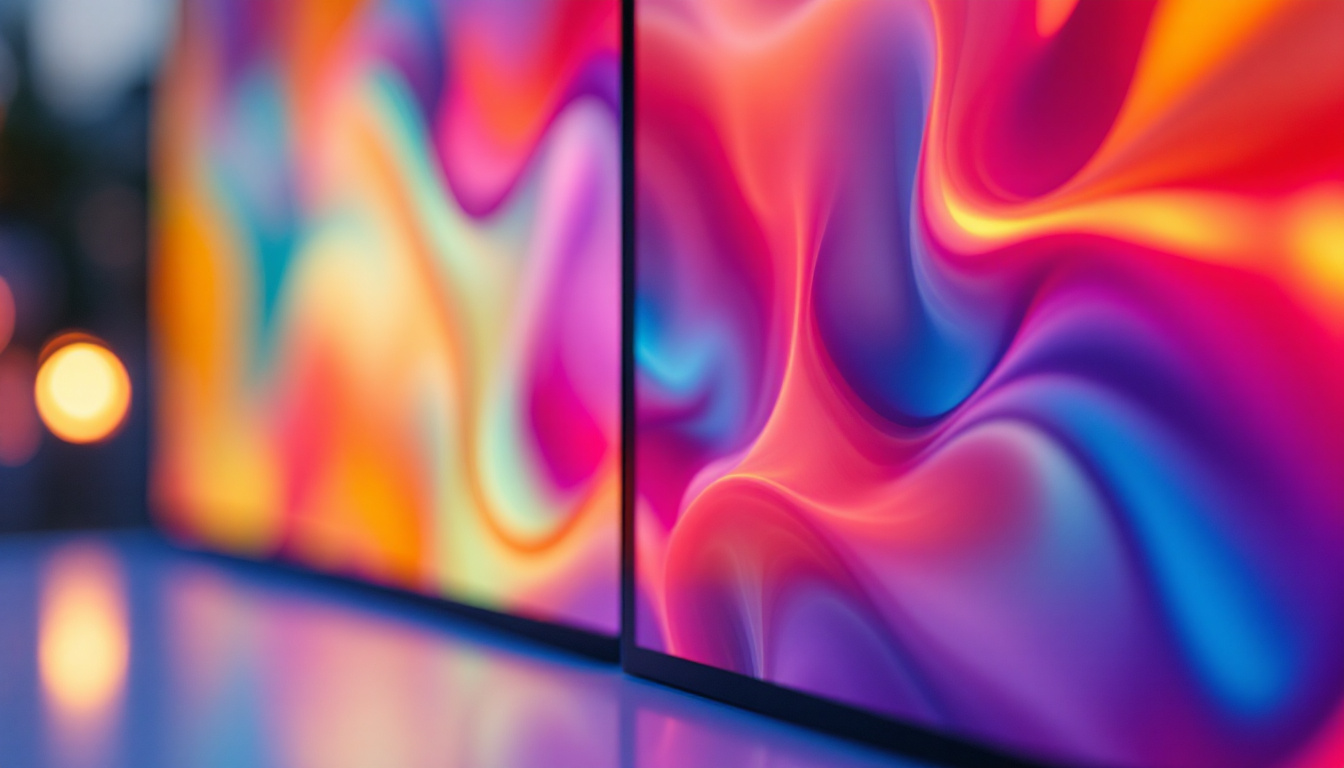In today’s fast-paced digital world, the importance of an ergonomic workspace cannot be overstated. A monitor stand is a crucial component in achieving an organized and comfortable setup, particularly for those who spend extended hours in front of a screen. With the rise of LED displays, understanding how to effectively utilize a monitor stand becomes essential. This article delves into the intricacies of universal monitor stands, specifically in relation to LED displays, and highlights their benefits, features, and considerations for optimal use.
The Importance of Monitor Stands
Monitor stands serve a fundamental purpose: they elevate screens to eye level, promoting better posture and reducing strain on the neck and back. This ergonomic adjustment can significantly enhance comfort during long working hours. However, the advantages of using a monitor stand extend beyond mere physical comfort.
Enhancing Workspace Organization
In addition to providing ergonomic benefits, monitor stands contribute to a more organized workspace. By lifting the monitor off the desk, valuable space is freed up for other essential items, such as notebooks, office supplies, or even decorative elements that personalize the workspace. A decluttered environment fosters productivity and creativity, allowing individuals to focus on their tasks without distractions. Furthermore, some monitor stands come equipped with built-in storage compartments or drawers, which can further streamline the workspace by keeping frequently used items within easy reach. This thoughtful design not only maximizes surface area but also encourages a more efficient workflow, as everything needed is conveniently located.
Improving Aesthetics
Monitor stands are available in various designs, materials, and colors, allowing users to select options that complement their workspace aesthetics. Whether one prefers a sleek, modern look or a more traditional design, there is a monitor stand to suit every style. An aesthetically pleasing workspace can enhance mood and motivation, making it a vital aspect of any professional or home office. Additionally, many monitor stands are designed with adjustable heights, allowing users to customize their setup according to their specific needs. This adaptability not only contributes to visual appeal but also ensures that the workspace remains functional and comfortable, catering to different tasks such as reading, writing, or video conferencing. By investing in a monitor stand that aligns with both style and function, individuals can create a harmonious environment that promotes both well-being and productivity.
Understanding LED Displays
LED (Light Emitting Diode) displays have become increasingly popular due to their superior image quality, energy efficiency, and slim profile. Understanding the characteristics of LED displays is essential for selecting the right monitor stand and optimizing the viewing experience. With advancements in technology, LED displays have evolved to cater to a variety of applications, from consumer electronics to large-scale advertising screens, making them a versatile choice for many users.
Benefits of LED Technology
LED displays offer numerous advantages over traditional LCD screens. One of the most significant benefits is their ability to produce brighter images with more vibrant colors. This is particularly advantageous for graphic designers, photographers, and video editors who rely on accurate color representation. Additionally, LED displays consume less energy, making them a more environmentally friendly option. The longer lifespan of LED technology also means less frequent replacements, reducing waste and further contributing to sustainability efforts. Furthermore, the rapid response time of LED displays minimizes motion blur, making them ideal for fast-paced video content and gaming.
Viewing Angles and Positioning
Another critical aspect of LED displays is their viewing angles. While many LED monitors provide wide viewing angles, the positioning of the screen can still impact visibility. A monitor stand allows users to adjust the height and angle of the display, ensuring optimal viewing conditions. This is especially important in collaborative environments where multiple individuals may need to view the screen simultaneously. Moreover, the ergonomic benefits of proper positioning cannot be overlooked; adjusting the height and angle can help reduce neck and eye strain, promoting a healthier workspace. Some advanced monitor stands even feature built-in cable management systems, which help keep the workspace tidy and free of clutter, enhancing both aesthetics and functionality.
Choosing the Right Monitor Stand
Selecting a universal monitor stand that accommodates LED displays requires careful consideration of various factors. Not all stands are created equal, and understanding the specific needs of the workspace is essential for making an informed choice.
Compatibility with Monitor Size and Weight
When choosing a monitor stand, it is crucial to ensure that it is compatible with the size and weight of the LED display. Most universal monitor stands are designed to accommodate a range of screen sizes, but verifying the specifications is essential to avoid any potential issues. Additionally, the stand should be sturdy enough to support the weight of the monitor, ensuring stability and safety. It’s also worth noting that some stands come with VESA mount compatibility, which can provide an extra layer of security by allowing the monitor to be securely attached to the stand, reducing the risk of accidental tipping or falling.
Adjustability Features
Adjustability is a key feature to look for in a monitor stand. Many models offer height adjustment, tilt, and swivel capabilities, allowing users to customize their viewing experience. This flexibility is particularly beneficial for shared workspaces, where multiple users may have different preferences for monitor positioning. A stand that can be easily adjusted helps maintain ergonomic standards for everyone. Furthermore, some advanced models include features like built-in cable management systems, which help keep cords organized and out of sight, contributing to a cleaner and more professional appearance in the workspace. This can also enhance airflow around the monitor and reduce the risk of overheating, particularly in environments where multiple devices are in use.
Material and Design
The material and design of a monitor stand can significantly impact its durability and aesthetic appeal. Common materials include metal, plastic, and wood, each offering unique advantages. Metal stands tend to provide superior stability and longevity, while plastic options may be lighter and more affordable. Wooden stands, on the other hand, can add a touch of elegance to an office environment, blending seamlessly with existing furniture. Additionally, the design should complement the overall workspace aesthetics; a sleek, modern stand can enhance a contemporary office, while a more traditional design might be better suited for classic settings. It’s also beneficial to consider stands with a minimalist design that can adapt to various decor styles, ensuring that the workspace remains visually appealing and functional.
Installation and Setup
Once a suitable monitor stand has been selected, the installation process is typically straightforward. Most universal stands come with clear instructions and all necessary hardware, making it easy for users to set up their monitors quickly.
Step-by-Step Installation Guide
1. **Gather Tools**: Before starting the installation, gather any necessary tools, such as a screwdriver. Most stands will come with the required hardware, but having basic tools on hand can expedite the process.
2. **Assemble the Stand**: Follow the manufacturer’s instructions to assemble the stand. This usually involves attaching the base to the vertical support and securing any additional components.
3. **Attach the Monitor**: Once the stand is fully assembled, carefully attach the monitor. This may involve using VESA mount screws, which should be included with the stand. Ensure that the monitor is securely fastened before proceeding.
4. **Adjust the Position**: After the monitor is attached, adjust the height, tilt, and swivel settings to achieve the desired viewing angle. Take a moment to test the stability of the setup before using it.
Maintaining Your Monitor Stand
To ensure the longevity of a monitor stand, regular maintenance is essential. Keeping the stand clean and checking for any signs of wear can prevent issues in the long run.
Cleaning and Care Tips
Regularly dusting the monitor stand with a soft cloth can help maintain its appearance and functionality. For more thorough cleaning, a mild detergent mixed with water can be used to wipe down the surface. Avoid using harsh chemicals that may damage the finish.
Additionally, periodically check the screws and connections to ensure they remain tight. Over time, vibrations and movement can loosen these components, potentially leading to instability.
Common Issues and Troubleshooting
Even with the best monitor stands, users may encounter issues from time to time. Understanding common problems and their solutions can help maintain a smooth working experience.
Monitor Slipping or Tilting
If a monitor begins to slip or tilt after installation, it may indicate that the mounting screws are not tightened adequately. Revisit the installation instructions and ensure all screws are secure. If the problem persists, consider using additional padding or rubber grips to enhance stability.
Incompatibility with Certain Models
In some cases, users may find that their monitor is incompatible with a universal stand. This can occur if the monitor’s VESA mount pattern does not align with the stand. Before purchasing a stand, double-check the specifications and consider consulting the manufacturer for guidance.
Conclusion
In conclusion, a universal monitor stand is a vital accessory for anyone using an LED display. By promoting ergonomic positioning, enhancing workspace organization, and improving aesthetics, a monitor stand can significantly impact productivity and comfort. Understanding the features and benefits of LED displays, along with careful consideration of compatibility and adjustability, ensures that users can make the most of their monitor setup.
Regular maintenance and troubleshooting can further enhance the longevity and functionality of a monitor stand, making it a worthwhile investment for both home and professional environments. As technology continues to evolve, the importance of a well-designed workspace remains constant, and a universal monitor stand plays a crucial role in achieving that goal.
Explore Cutting-Edge LED Display Solutions with LumenMatrix
Ready to elevate your workspace and enhance your visual experience? Discover the innovative world of LumenMatrix, where our advanced LED display technology meets ergonomic design. From Indoor and Outdoor LED Wall Displays to specialized solutions like Vehicle, Sports, and Floor LED Displays, LumenMatrix offers a wide array of options to bring your visual communication to life. Embrace the future of digital signage with our Custom, All-in-One, and Transparent LED Displays, designed to captivate your audience and amplify your message. Check out LumenMatrix LED Display Solutions today and transform your space into a hub of productivity and inspiration.

